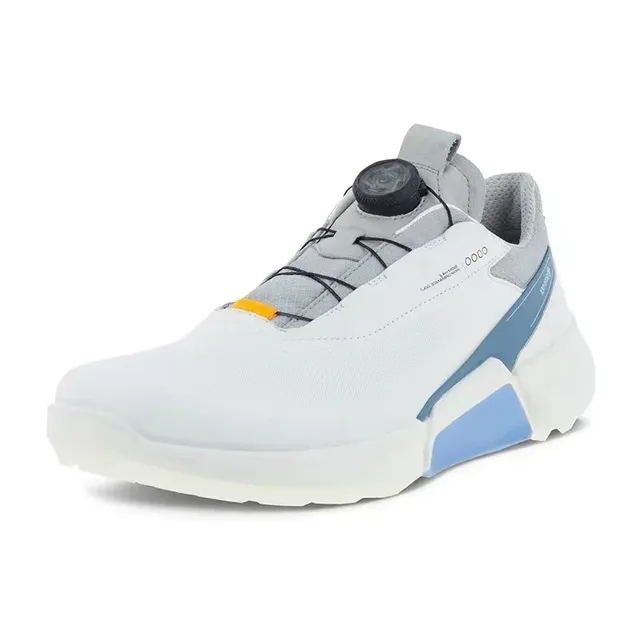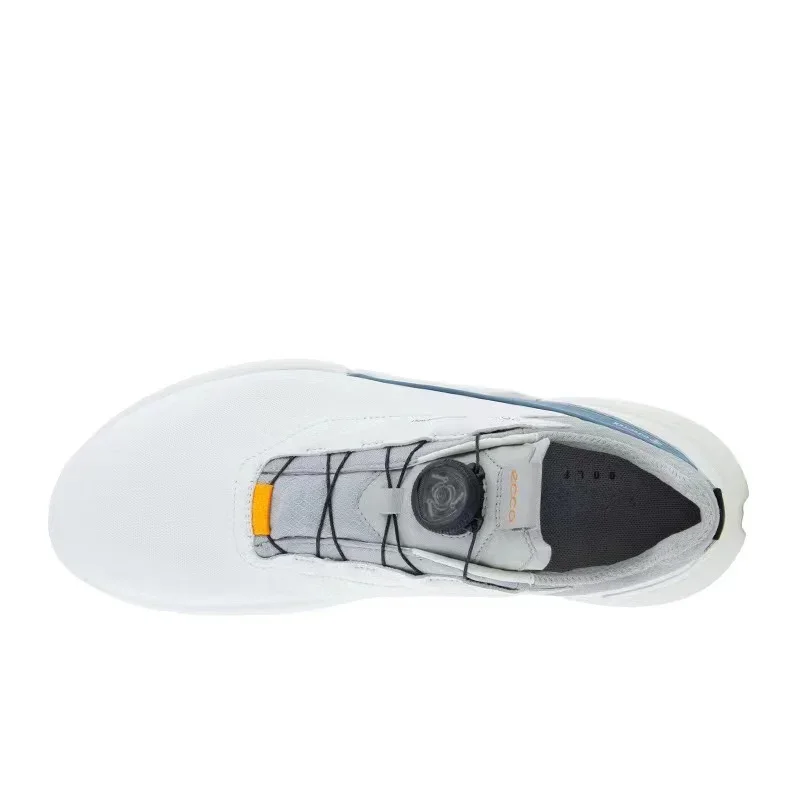Introduction
Men’s tennis shoes are a critical component of a player’s performance on the court. From providing stability and support to enhancing agility and speed, the right pair of tennis shoes can make a significant difference in a player’s game. In this ultimate guide to men’s tennis shoes, we explore the essential factors to consider when choosing footwear for the tennis court, including performance features, comfort, and style.
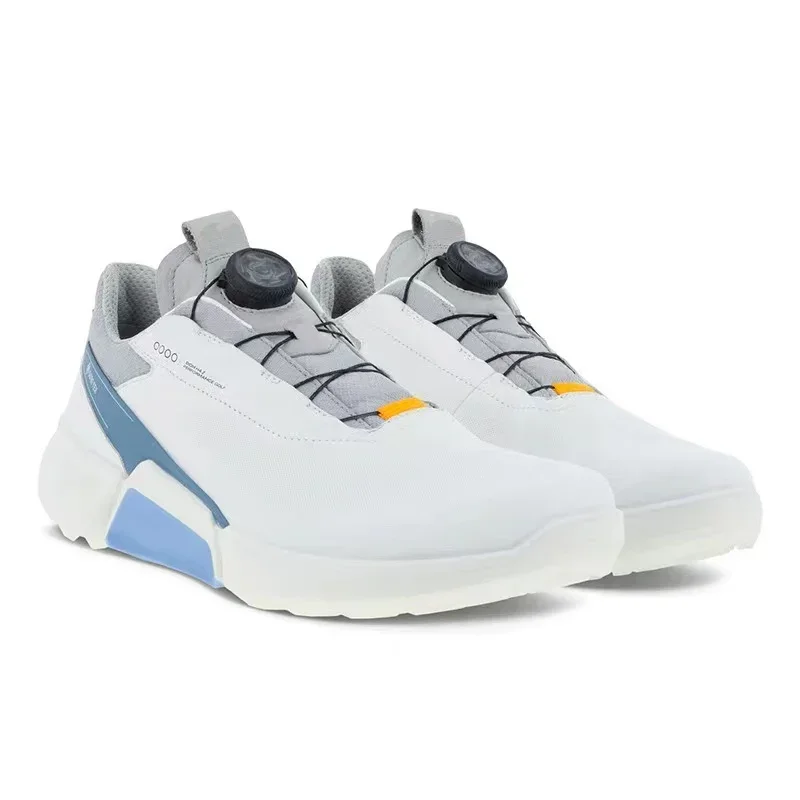
I. The Importance of Performance Features
Performance features are the backbone of men’s tennis shoes, directly impacting a player’s ability to move, pivot, and perform at their best on the court.
- Traction and Outsole Technology Traction is crucial in tennis, as players need to make quick lateral movements and sudden stops. Quality tennis shoes feature advanced outsole technology with durable rubber compounds and tread patterns designed to provide optimal grip on the court surface, whether it’s hard court, clay, or grass.
- Stability and Support Tennis involves rapid changes in direction and explosive movements, placing significant stress on the feet and ankles. High-quality tennis shoes offer stability and support features such as reinforced midsoles, heel counters, and lateral support systems to minimize the risk of injury and provide a solid foundation for dynamic play.
- Lightweight Construction Agility and speed are essential in tennis, and lightweight construction in tennis shoes contributes to a player’s ability to move swiftly and efficiently across the court. Advanced materials and design techniques have led to the development of lightweight yet durable tennis shoe options that enhance on-court performance.
II. Comfort:
A Key Factor in Endurance and Focus Comfort is paramount in men’s tennis shoes, as players often engage in long, grueling matches that demand endurance and focus. The following factors contribute to the overall comfort of tennis shoes.
- Cushioning and Impact Absorption The repetitive impact of footwork and abrupt movements during a tennis match can take a toll on the body. Quality tennis shoes incorporate responsive cushioning and impact-absorbing technologies, such as air or gel units, to reduce the strain on the feet and joints, allowing players to maintain comfort and performance throughout extended play.
- Breathability and Moisture Management Tennis matches can be physically demanding, leading to increased perspiration and heat buildup within the shoes. Breathable upper materials and moisture-wicking linings in tennis shoes help regulate temperature and manage moisture, keeping the feet cool, dry, and comfortable during intense play.
III. Style:
Merging Performance with Fashion While performance remains the top priority, style plays a significant role in the selection of men’s tennis shoes. Modern tennis shoe designs seamlessly blend performance-enhancing features with fashionable aesthetics, catering to the diverse preferences of players.
- Design Aesthetics Contemporary men’s tennis shoes come in a wide array of design aesthetics, ranging from sleek and minimalist to bold and eye-catching. Players have the freedom to express their personal style on the court, choosing from an assortment of color schemes, patterns, and graphic elements that complement their individual tastes.
- Customization Options Some tennis shoe models offer customization options, allowing players to personalize certain aspects of the shoe, such as color accents, laces, or monogramming. This level of customization adds a unique touch to the footwear and enables players to create a distinct on-court look.
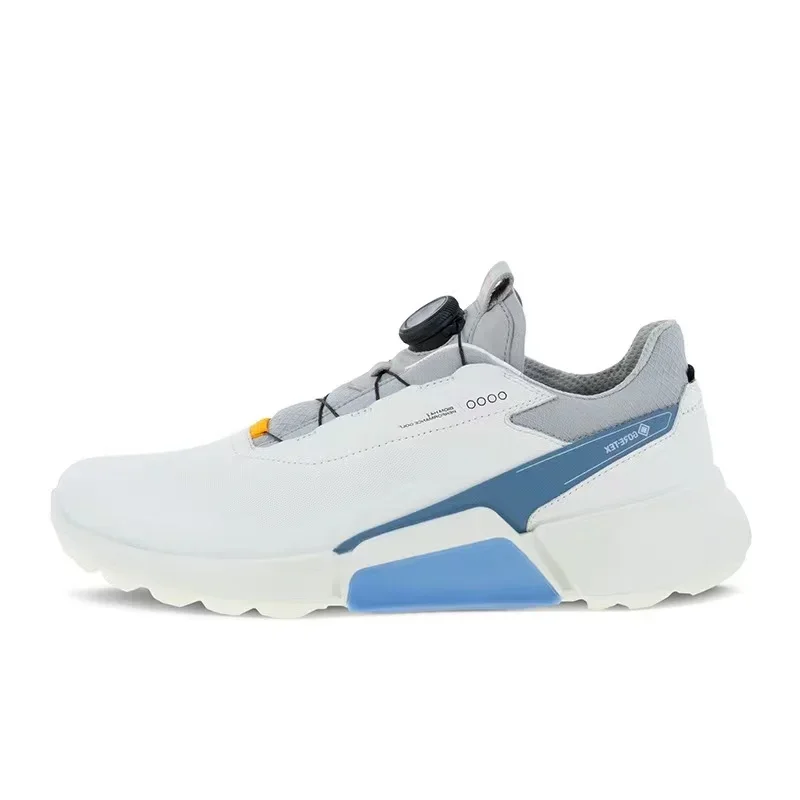
IV. Selecting the Right Men’s Tennis Shoes:
Factors to Consider When choosing men’s tennis shoes, several key considerations should guide the selection process, ensuring that players find the ideal footwear to support their game.
- Foot Type and Biomechanics Understanding one’s foot type and biomechanics is crucial in selecting tennis shoes that provide the right combination of support and flexibility. Players with low arches may benefit from stability-oriented shoes, while those with high arches might require more cushioning and shock absorption.
- Playing Style and Court Surface Different playing styles and court surfaces demand specific shoe characteristics. For aggressive baseline players, durable outsole materials and lateral support are essential, whereas serve-and-volley players may prioritize lightweight construction and responsiveness. Additionally, adapting shoe choice to the court surface, whether hard court, clay, or grass, is crucial for optimal performance.
- Proper Fit and Sizing The significance of proper fit cannot be overstated when it comes to men’s tennis shoes. Ill-fitting shoes can lead to discomfort, blisters, and even injury. Players should prioritize trying on shoes and ensuring a snug yet comfortable fit, with ample toe room and minimal slippage within the shoe.
V. Caring for Men’s Tennis Shoes:
Maintenance and Longevity To uphold the performance and durability of men’s tennis shoes, regular care and maintenance are essential. Proper upkeep ensures that the shoes continue to provide optimal support and performance over an extended period.
- Cleaning and Storage After each match or practice session, it’s important to clean off any dirt or debris accumulated on the shoes, using a soft brush or damp cloth as needed. Proper storage in a cool, dry place away from direct sunlight helps preserve the shoe’s materials and structural integrity.
- Rotation and Replacement Rotating between multiple pairs of tennis shoes allows them to air out and recover from the stresses of play, extending their overall lifespan. As shoes show signs of wear and loss of performance features, timely replacement is necessary to maintain on-court safety and performance.
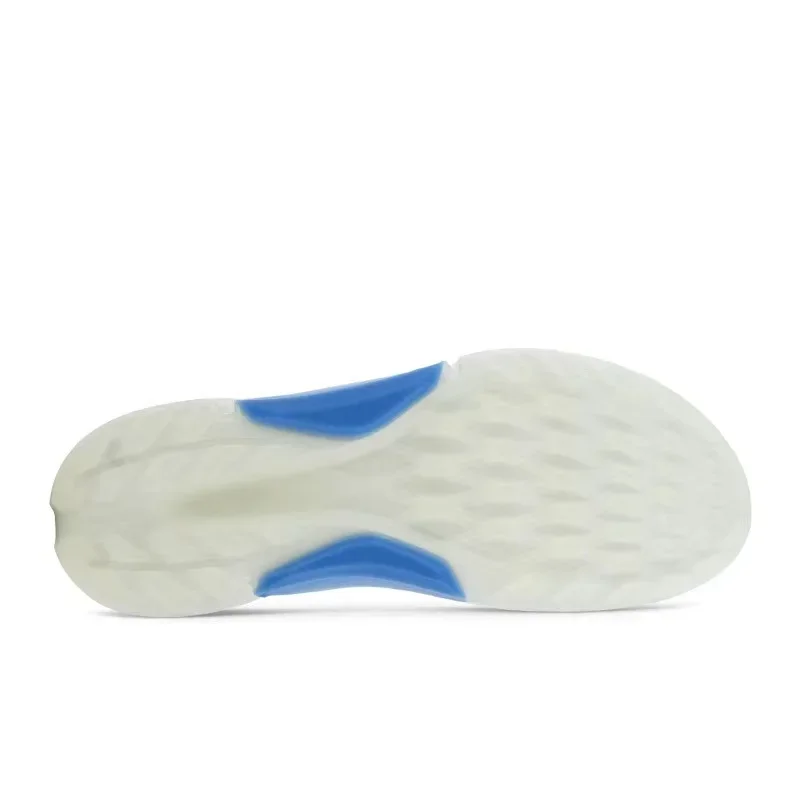
VI. Embracing Technological Advancements in Tennis Footwear
The world of tennis footwear continues to evolve with ongoing technological advancements, introducing innovative features that redefine performance and comfort on the court.
- Advanced Midsole Technologies Modern tennis shoes incorporate advanced midsole technologies, such as responsive foam compounds, energy-return systems, and stability enhancements. These technologies aim to optimize cushioning, energy transfer, and support, contributing to enhanced on-court agility and endurance.
- Adaptive Upper Materials Innovative upper materials, including engineered mesh, knit textiles, and synthetic overlays, offer a balance of breathability, flexibility, and targeted support. These materials adapt to the foot’s movements, providing a secure yet adaptive fit that promotes natural foot mechanics during play.
VII. Sustainability and Ethical Considerations in Tennis Footwear
Amid growing environmental awareness, sustainable and ethical production practices are gaining prominence in the design and manufacturing of tennis footwear.
- Sustainable Material Choices Tennis shoe brands are increasingly incorporating sustainable materials, such as recycled plastics, eco-friendly foams, and bio-based textiles, into their product lines. By embracing sustainable alternatives, these brands reduce their environmental footprint and contribute to circularity within the industry.
- Ethical Sourcing and Production Transparency in sourcing and ethical production practices, including fair labor conditions and responsible supply chain management, reflects a commitment to social and environmental responsibility within the tennis footwear sector. Supporting brands that prioritize ethical standards aligns with the broader movement towards sustainable consumer choices.
VIII. Seeking Professional Guidance:
The Role of Podiatrists in Footwear Selection Consulting a podiatrist or foot health specialist can provide valuable insights and recommendations for individuals seeking the most suitable tennis shoes for their specific foot anatomy and biomechanical needs.
- Biomechanical Assessment A professional biomechanical assessment conducted by a podiatrist offers a comprehensive understanding of an individual’s foot structure, gait patterns, and potential areas of concern. This assessment informs the selection of tennis shoes that address specific biomechanical considerations, such as pronation, supination, or arch support requirements.
- Custom Orthotic Solutions For individuals with unique foot conditions or anatomical variations, custom orthotic solutions prescribed by podiatrists can be integrated into tennis shoes to enhance comfort, support, and overall foot function during play. Custom orthotics cater to individual foot requirements, providing tailored support and alignment.

IX. Conclusion:
Elevating Performance and Comfort on the Tennis Court In conclusion, men’s tennis shoes serve as indispensable tools for enhancing performance, comfort, and style on the tennis court. By prioritizing performance features such as traction, stability, and lightweight construction, players can elevate their agility and speed. Comfort-driven elements, including cushioning, breathability, and proper fit, contribute to endurance and focus during long matches. Meanwhile, the fusion of performance and fashion in modern tennis shoe designs allows players to express their individual style while meeting the demands of the game. With a thorough understanding of key selection criteria, maintenance practices, technological advancements, and ethical considerations, players can make informed choices when investing in men’s tennis shoes, ultimately optimizing their on-court experience and supporting a sustainable approach to footwear consumption.
